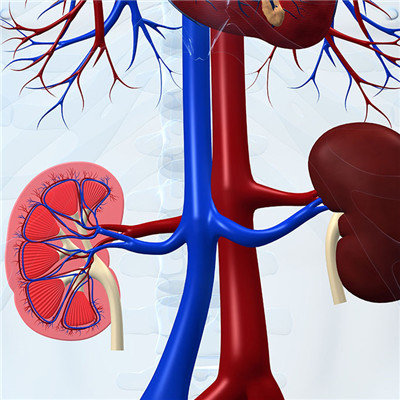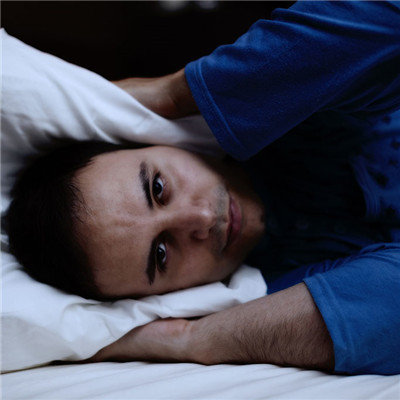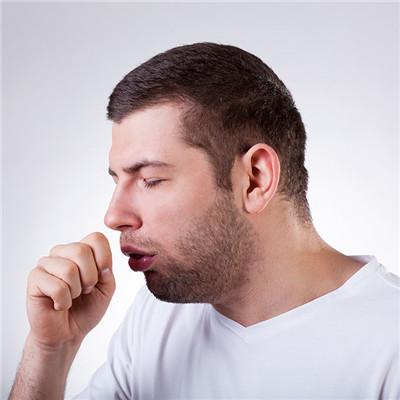What are the symptoms of spinal stenosis?
summary
Spinal stenosis is a kind of disease that causes the shortening of spinal canal, compression of dural sac, spinal cord or nerve root, resulting in a series of neurological dysfunction such as pain, numbness, limb weakness, claudication, dysuria and so on. Spinal stenosis can be divided into cervical spinal stenosis, thoracic spinal stenosis and lumbar spinal stenosis. From the etiology mainly divided into congenital spinal stenosis and acquired spinal stenosis. What are the symptoms of spinal stenosis? Let's talk about it
What are the symptoms of spinal stenosis?
Clinical manifestations: spinal stenosis is mostly in middle-aged and elderly people, the onset is slow, gradually appear numbness, weakness, walking instability and other symptoms of spinal cord compression. Pathological reflexes can be induced by hypoesthesia or disappearance of limbs and trunk, decrease of muscle strength, increase of muscle tension, and enhancement or hyperactivity of tendon reflexes.

X-ray examination: in the lateral X-ray film of patients with standard degenerative spinal stenosis, it can be shown that the physiological curvature of the spine is reduced or straightened, multi segment intervertebral space stenosis, instability, articular process hyperplasia and other phenomena exist.

Magnetic resonance imaging examination: it can directly observe the narrowing of the anterior and posterior diameter of the spinal canal, and the spinal cord is pinched in the spinal canal, that is, there is compression of the intervertebral disc and the posterior longitudinal ligament in the front, and compression of the ligamentum flavum and lamina in the rear, which makes the spinal cord beaded, and the phenomenon of soft tissue edema or spinal cord edema can be seen at the same time.

matters needing attention
We should pay more attention to reasonable working posture and good living habits. When lifting heavy objects, bend the hips and knees, squat down, straighten the waist and back, and press the heavy objects tightly on the body before you can stand up and step. When carrying heavy objects on the back, bend your chest forward slightly, bend your hips and knees slightly, step steadily, and don't take big steps. When sleeping, the head and neck should be in a natural neutral position, the hips and knees should be slightly bent, and the body should be protected from wind, cold and damp.
















